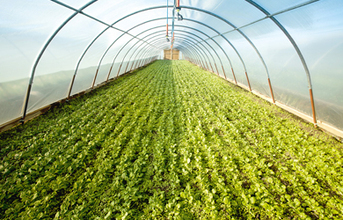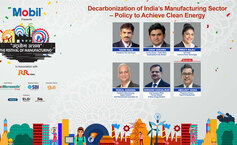
The global UV radiation mapping tool developed with the German Space Agency DLR will enable BASF to improve the lifetime prediction of plastics in a given environment and thus to reduce the risk of failures by anticipating climatic conditions.Courtesy: BASF
BASF has partnered with the German Aerospace Center (DLR) and NASA Goddard Space Flight Center on a new tool to maximize the service life of plastic products by precisely matching plastic additives to the predicted intensity of ultraviolet (UV) radiation.
At the two agencies, scientists have created an extensive set of global maps showing UV radiation levels in all regions of the world. With the help of these maps, the dosage of plastic additives can be optimized, resulting in a more robust final product perfectly adapted to the requirements of the region where it will be used.
"This new global UV radiation mapping tool enables BASF to improve the predicted life span of plastics in a given environment, and reduce the risk of failure due to climate conditions," said Dr. Volker Bach, head of BASF's Global Competence Center Plastics Additives, BASF. "In this way, we can help our customers protect their plastic materials by selecting the appropriate robust stabilization system and optimizing its loading level."
Solar UV radiation is a major factor in the premature degradation of plastics exposed to sunlight, such as agriculture, building & construction or automotive end applications. Light stabilizers from BASF can counteract the harmful effects of UV radiation on plastics when properly designed into the formulation. It is essential to predict the expected UV radiation exposure for an application's intended location and designed lifetime.
Small changes in geography can have a significant impact on UV radiation and thereby aging performance. For example, while UV radiation tends to be moderate in North and Central Europe, outdoor plastic applications in Southern Europe or Asia are often exposed to critical levels of wear and tear.
One area where this is particularly relevant is in the stabilization of agricultural films used in greenhouses for customers in China, India, parts of Australia, and the Mediterranean area, which need to withstand conditions similar to irradiation levels in the Sahara Desert.
(Continued on the next page)



























